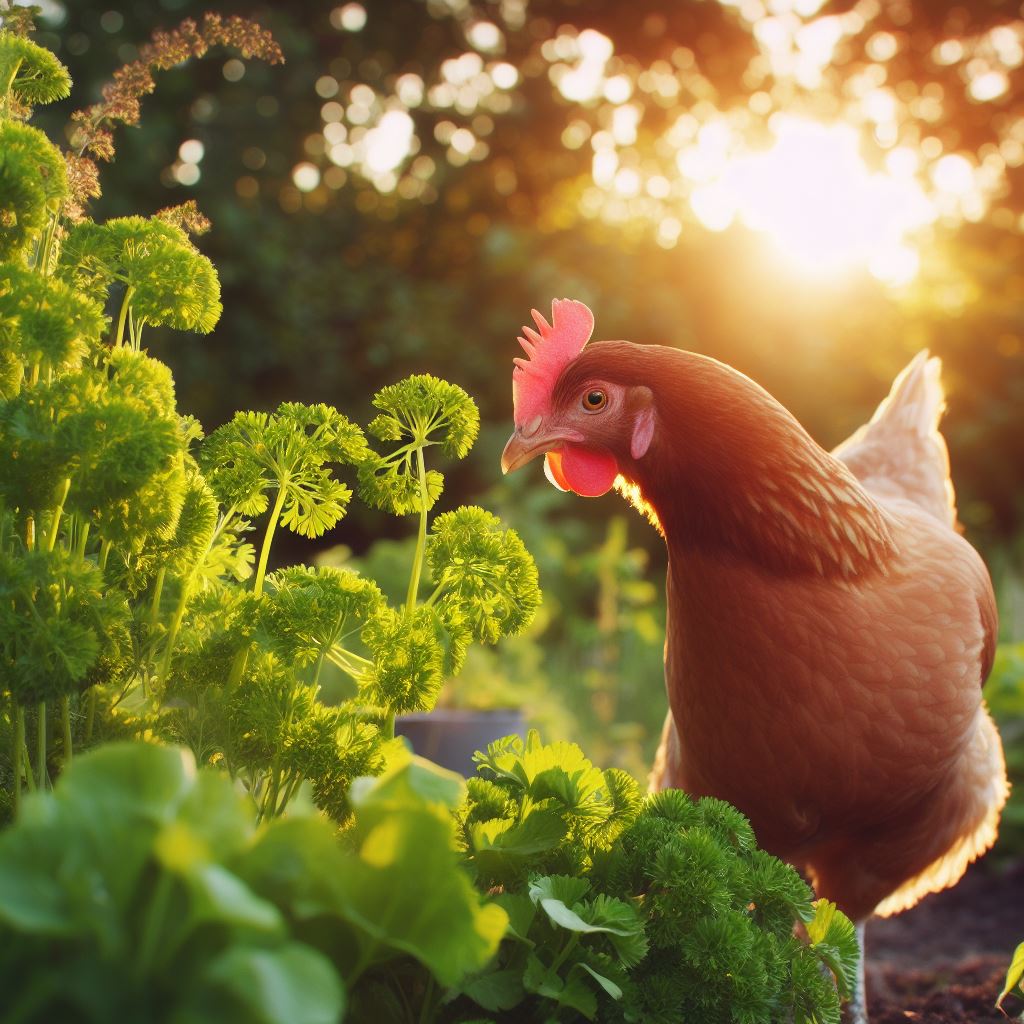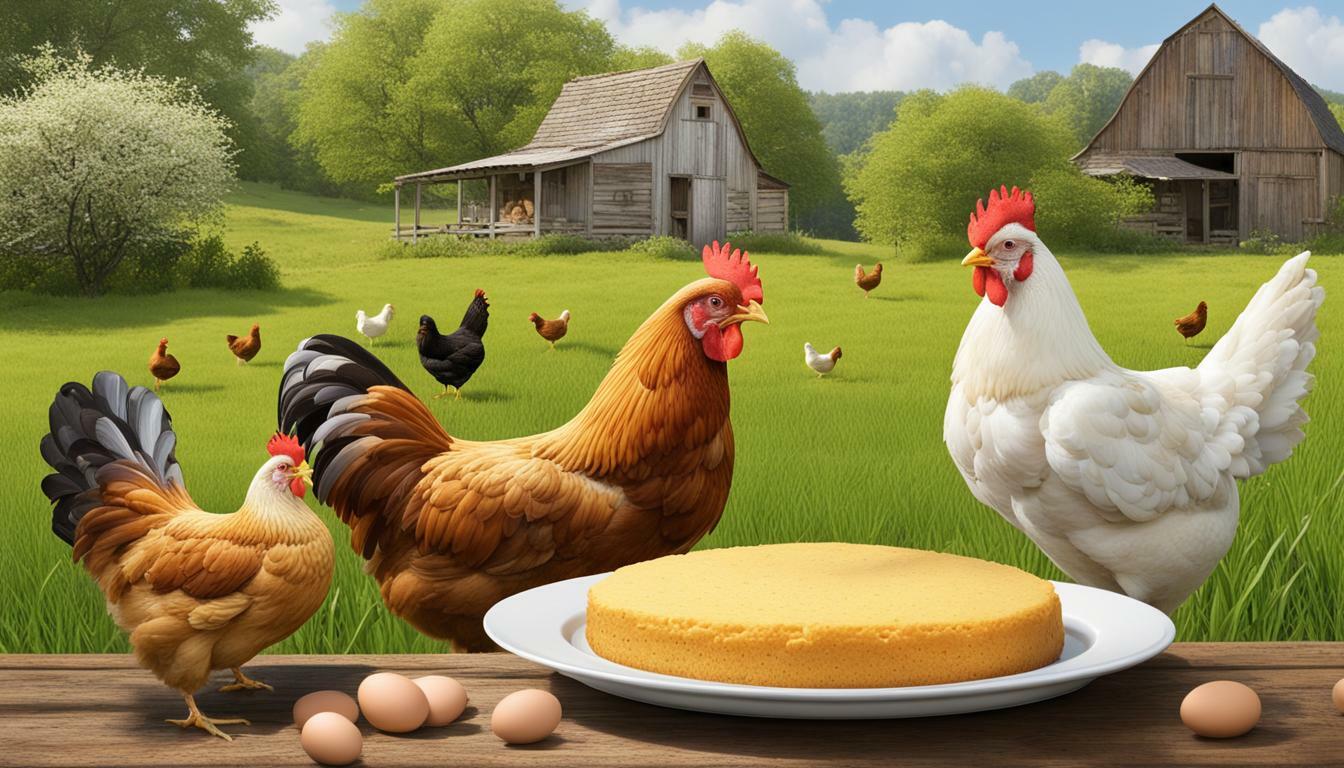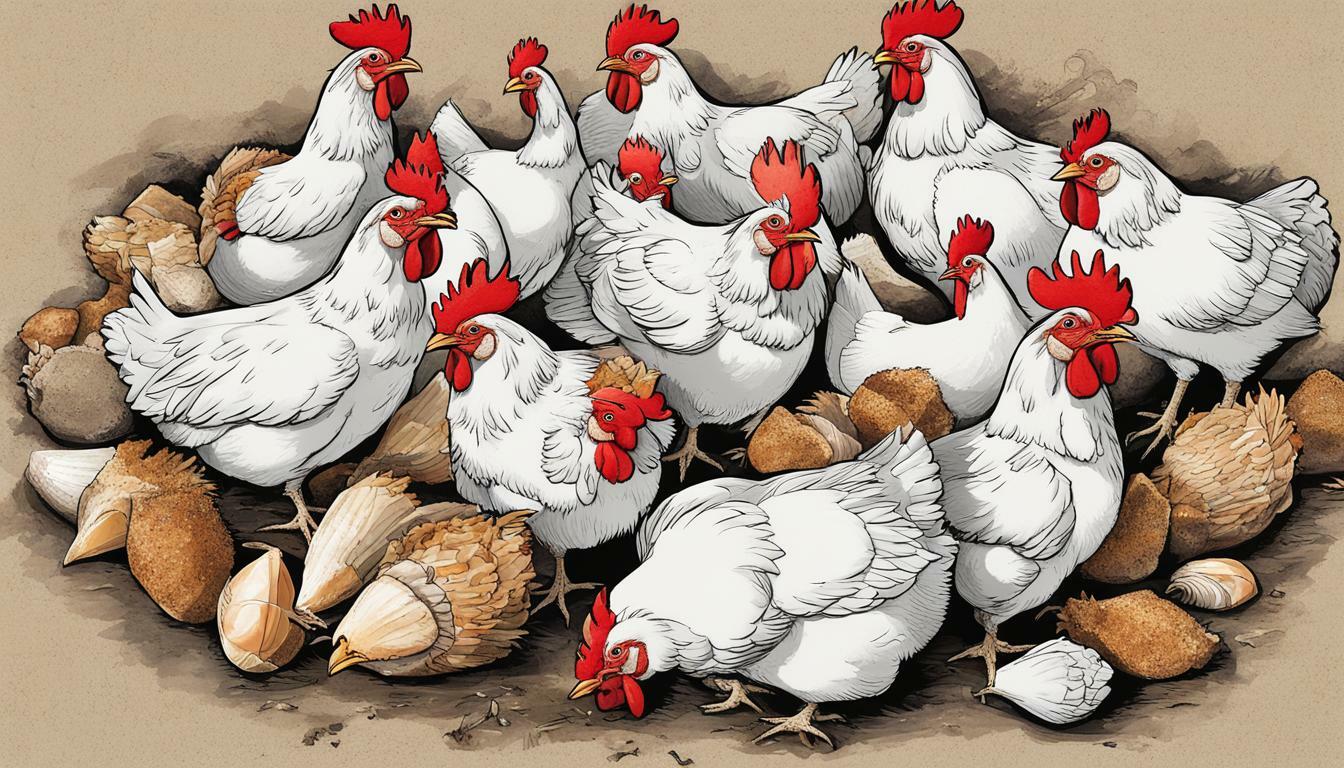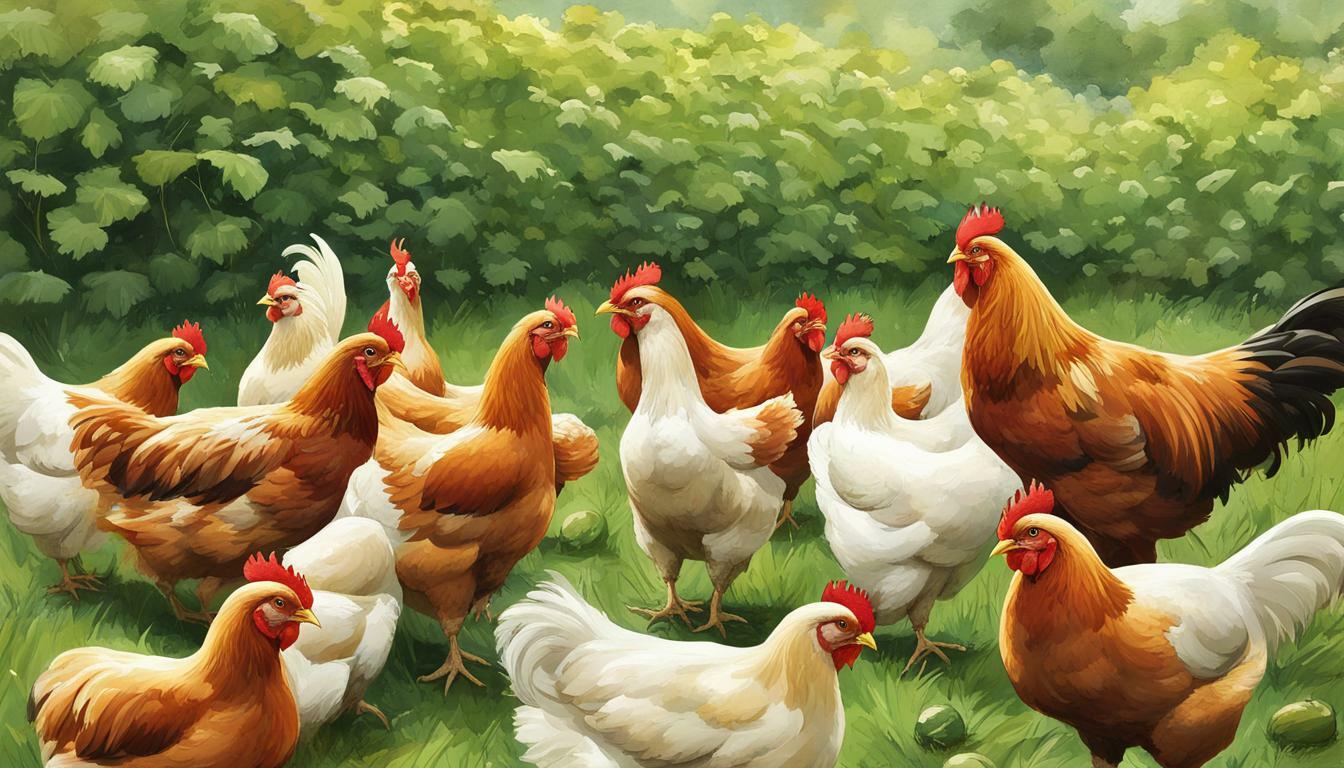Can Chickens Eat Parsley? The Healthy Facts

Table of content:
- What are the Benefits of Parsley for Chickens?
- How Much Parsley Can Chickens Eat? Recommended Serving Sizes
- Is Parsley Safe for Baby Chicks and Laying Hens?
- Feeding Parsley to Chickens: Tips and Techniques
- Are There Any Risks Associated with Feeding Parsley to Chickens?
- Frequently Asked Questions About Feeding Parsley to Backyard Chickens
- Conclusion Feeding Parsley for a Healthy, Happy Flock
The short answer is yes! Chickens can and do enjoy parsley. This fresh, leafy herb makes a nutritious occasional snack. However, parsley should always be fed in moderation.
Parsley is a versatile herb that most of us have in our kitchens. But did you know that parsley can also be a healthy, natural treat for backyard chickens? Offering parsley occasionally provides beneficial nutrients while adding variety to your flock’s diet.
By understanding parsley’s nutritional value, ideal serving sizes, and proper feeding techniques, chicken owners can safely incorporate parsley into their flock’s feeding regimen.
What are the Benefits of Parsley for Chickens?
Parsley is high in vitamin C, vitamin K, and iron. Here are some of the top benefits parsley provides when included as an infrequent treat:
- Boosts immunity – The high vitamin C content in parsley supports chickens’ immune systems and overall health.
- Supports bone strength – Parsley is a good source of vitamin K, which aids calcium absorption for strong bones.
- Provides iron – The iron in parsley helps prevent anemia and enhances red blood cell production.
- Encourages foraging – Offering parsley gives chickens enrichment through foraging, which is key to their mental health.
- Adds variety – Sprinkling parsley introduces new flavors and textures to keep your flock’s diet diverse.
When fed occasionally and in moderation, parsley can be a valuable addition to a chicken’s diet. Next, we’ll look at how much parsley chickens can eat.
 How Much Parsley Can Chickens Eat? Recommended Serving Sizes
How Much Parsley Can Chickens Eat? Recommended Serving Sizes
While parsley can be a healthy treat, moderation is key. Chickens should consume no more than 1-2 tablespoons of chopped parsley per chicken, 2-3 times per week.
Here are some tips for staying within the recommended parsley serving size:
- Chop parsley finely before feeding to avoid choking hazards from stringy leaves.
- Mix a few tablespoons of chopped parsley into chickens’ regular feed so they can’t selectively eat only parsley.
- Start with just 1 teaspoon per chicken, gradually increasing to 1 tablespoon as you assess their tolerance.
- If feeding parsley free-choice in the run, limit to 30 minutes then remove any leftovers.
- For full-sized chickens, feed just 2 to 3 sprigs per bird (approx. 1 tablespoon chopped).
Remember that layer pellets should still make up the bulk of your chickens’ diet. Parsley serves as an accent, not the main course!
Is Parsley Safe for Baby Chicks and Laying Hens?
Many chicken owners wonder if parsley is suitable for vulnerable groups like baby chicks and laying hens. Here are some guidelines:
- Baby chicks – Avoid feeding parsley to chicks under 12 weeks old as the strong flavor and high nutrient content can upset sensitive digestive systems.
- Laying hens – Parsley is safe for hens starting at 16 weeks old. The iron and vitamin K supports healthy egg development and production. But stick to the recommended 1-2 tablespoons per hen, 2-3 times weekly.
- Broody/molting hens – Parsley is a healthy choice for hens undergoing nutritional stress from brooding or molting. Its high nutrient content helps meet increased needs.
Parsley can be fed safely to most adult chickens in moderate amounts. But chicks, pregnant pullets, and broody/molting hens may benefit from more frequent parsley snacks.
Feeding Parsley to Chickens: Tips and Techniques
Ready to start offering your flock parsley? Follow these tips for success:
Parsley Preparation
- Chop – Dice parsley into small pieces so it’s easy for chickens to consume. Whole sprigs can pose choking hazards.
- Rinse – Gently wash parsley to remove dirt and debris. Pat dry before serving.
- Avoid stalks – The stalks are very fibrous and hard to digest. Remove before feeding just the leafy parts.
Feeding Methods
- Mix with feed – Blend a few tablespoons of chopped parsley into feed for balanced intake.
- Free-range – Scatter small bunches in the run for enrichment while free-ranging.
- Treat ball – Stuff finely diced parsley into a treat ball for fun foraging activity.
Feeding Frequency
- Occasionally – Offer parsley just 2-3 times per week as too much can cause loose droppings.
- Small amounts – Limit parsley to 1-2 tbsp per standard-sized chicken per feeding.
- Consistency – Stick to the same feeding schedule so chickens don’t overindulge when offered.
Following these parsley feeding best practices will keep your flock healthy and happy!
Are There Any Risks Associated with Feeding Parsley to Chickens?
Parsley is non-toxic for chickens. However, there are a few risks to consider:
- Diarrhea – Excess parsley can cause loose droppings due to its high water and fiber content.
- Nutritional imbalances – Chickens may fill up on parsley rather than eating a balanced feed ration if given unlimited access.
- Allergies – Rarely, chickens may be allergic to parsley and react with swelling, itching, or upset stomach. Discontinue use if any reaction is observed.
- Choking hazard – Whole sprigs or leaves can pose a choking risk. Always chop parsley finely before feeding.
By following the recommended parsley serving limits, preparation tips, and feeding techniques outlined in this article, you can safely avoid these risks and harness parsley’s nutritional benefits.
Frequently Asked Questions About Feeding Parsley to Backyard Chickens
Chicken owners often have additional questions about adding parsley to their flock’s menu. Here are answers to some commonly asked questions:
Is curly or flat leaf parsley better for chickens?
Both curly and Italian flat leaf parsley can be fed to chickens safely. Curly leaf parsley tends to be lower in nutrients overall. But the taste and texture differences come down to personal preference. Feel free to offer either parsley variety.
Can chickens eat parsley stems?
It’s best to avoid feeding the stems of parsley plants to chickens. The stems are very fibrous, stringy, and difficult for chickens to digest. Chickens tend to selectively pick off and eat the leafy parts they find tastiest anyway.
Can too much parsley be harmful to chickens?
Yes, feeding chickens excessive amounts of parsley can cause health issues. Consuming too much parsley can result in diarrhea, nutritional deficiencies, and poor gut health. Stick within the recommended 1-2 tablespoons per standard chicken 2-3 times weekly.
Can chicks and ducklings eat parsley?
Parsley is not recommended for baby chicks or ducklings under 12 weeks old. Their young digestive systems can’t handle the strong flavors, high fiber content, and nutritional load parsley contains. Wait until juveniles are fully feathered and 12 weeks and up before offering parsley.
What about dried parsley – can chickens eat that?
Dried parsley flakes retain less nutrients after processing compared to fresh parsley. However, small amounts of dried parsley can be fed to chickens as an occasional treat. Use about 1 teaspoon of dried parsley flakes in place of 1 tablespoon fresh chopped parsley.
Conclusion Feeding Parsley for a Healthy, Happy Flock
Incorporating parsley into your chickens’ diet can be an excellent way to provide extra nutrition, promote foraging behaviors, and add diversity to their feed ration. By following the guidance in this article, you can safely feed parsley as part of a balanced diet.
Welcome. I’m Adreena Shanum, the proud owner of this website, and I am incredibly passionate about animals, especially poultry. I founded adreenapets.com as a labor of love, stemming from my desire to share my knowledge and experiences with poultry enthusiasts worldwide.




